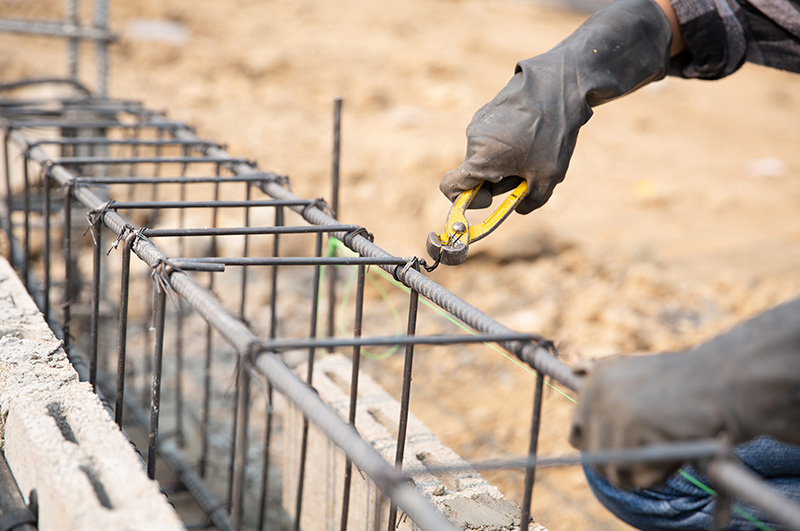


The Engineers of CTS are amongst the world’s leading experts in the field of Cathodic Protection to both new and existing steel reinforced concrete structures. CTS also possess unrivalled expertise in the field of condition assessment surveys, potential mapping, corrosion rate studies, design and specification services, materials supply, installation, supervision, commissioning and maintenance of cathodic protection systems for all types of steel reinforced concrete structures.
All of these services have been successfully implemented on a wide range of structures, including:
CTS can provide operation & maintenance contracts once the CP systems are commissioned and handed over. This can be in the form of annual contracts where multiple site visits are conducted each year to assess the operation and performance of the CP systems and when required supply and installation of replacement parts.
Cathodic protection for steel in concrete is a method used to prevent corrosion of steel reinforcement within concrete structures. It involves applying an electrical current to the steel, making it the cathode of an electrochemical cell and reducing its corrosion rate.
Yes, Cathodic protection can be retrofitted to existing concrete structures. This involves assessing the current state of the steel reinforcement, designing a suitable protection system, and installing the necessary components with minimal disruption.
ICCP systems provide controlled and adjustable protective currents, making them suitable for large or complex structures. They offer long-term protection, can be monitored and adjusted as needed, and are effective in various environmental conditions.
The effectiveness is monitored using reference electrodes to measure the potential of the steel reinforcement and ensure it remains within the protected range. Regular inspections and maintenance are also conducted to check the system's performance and make necessary adjustments.
With proper maintenance and a long term focused design, a cathodic protection system can last up to 100 years decades. The lifespan of individual components, like reference electrodes and power supply units may vary and require periodic replacement. Regular monitoring and maintenance are essential to ensure the system's longevity.